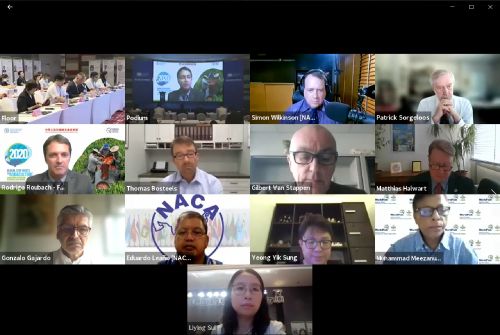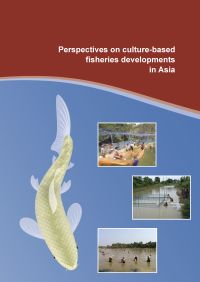Report of the SDG-aligned Artemia Aquaculture Workshop
30 March 2022 | 830 Downloads | .pdf | 159.72 KB | Hatchery and nursery, Artemia
With the expansion of hatchery production, the demand for Artemia cysts has continued to increase. Annual consumption is now estimated at 3,500 – 4,000 tonnes, underpinning the production of over 900 billion crustacean post larvae and fish fry by a hatchery industry valued at more than USD 2 billion and the final production of over 10 million tonnes of high-value aquaculture species. With approximately 90 percent of the current Artemia production harvested from inland salt lakes, the future of the hatchery industry could be at risk and requires urgent attention.
A new international interdisciplinary approach is needed to tackle these Artemia issues and opportunities, like the breakthrough in Artemia use in aquaculture following the 1976 FAO Kyoto conference. The purpose of the workshop was to explore needs and opportunities for a new international initiative to guarantee a more sustainable provision of Artemia, both from natural sources and from controlled extractive Artemia farming integrated with salt production and other fish/crustacean aquaculture.
The workshop was held in conjunction with the Global Conference on Aquaculture Millennium +20 in Shanghai, China with international participation via video conference. The programme included technical presentations and a Q&A session with participants and an expert discussion panel. Over 400 people participated in the workshop, both locally in China and via video conference.
This report contains summaries of the technical presentations, the Q&A / panel discussion, conclusions and recommendations of the workshop.
Video recordings of the technical presentations are also available on NACA's Youtube channel.
Creative Commons Attribution.

